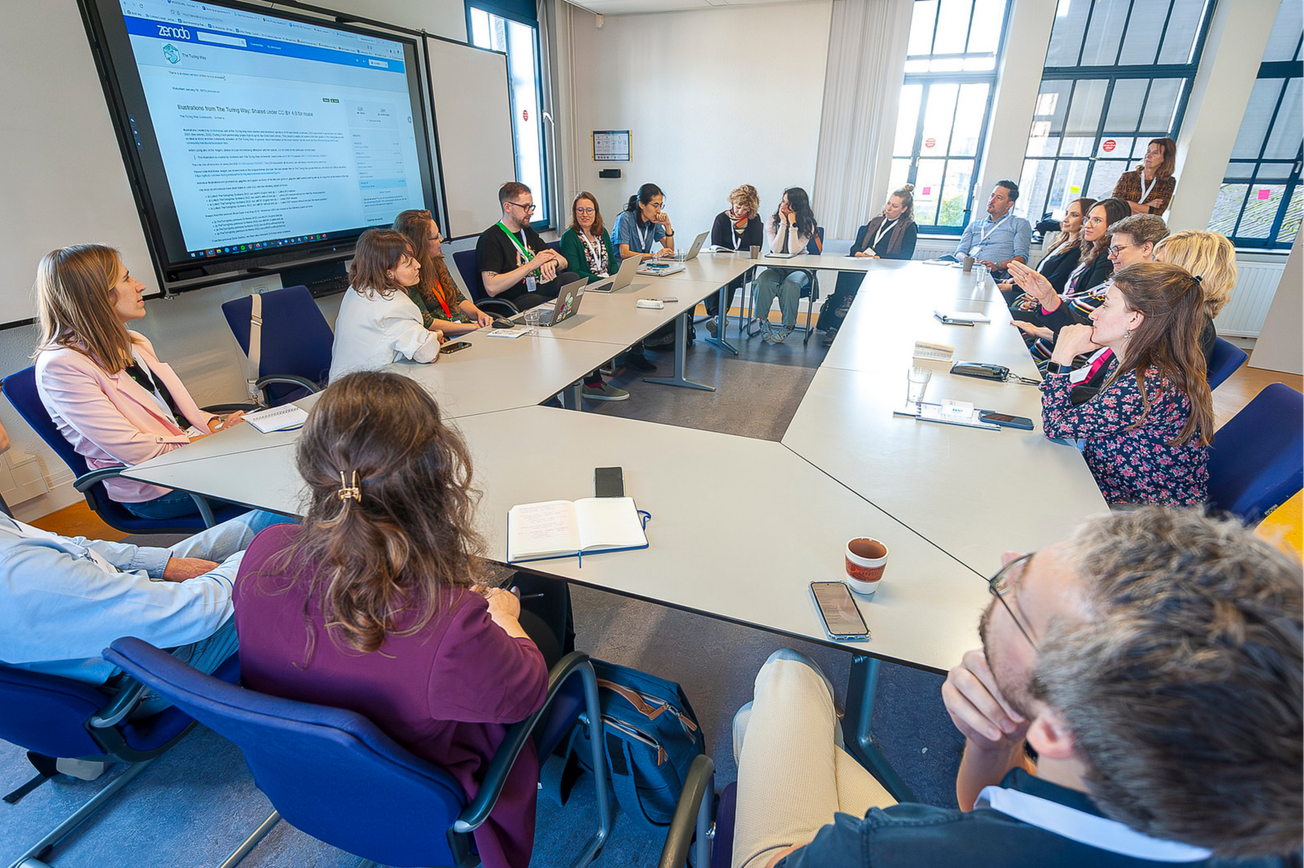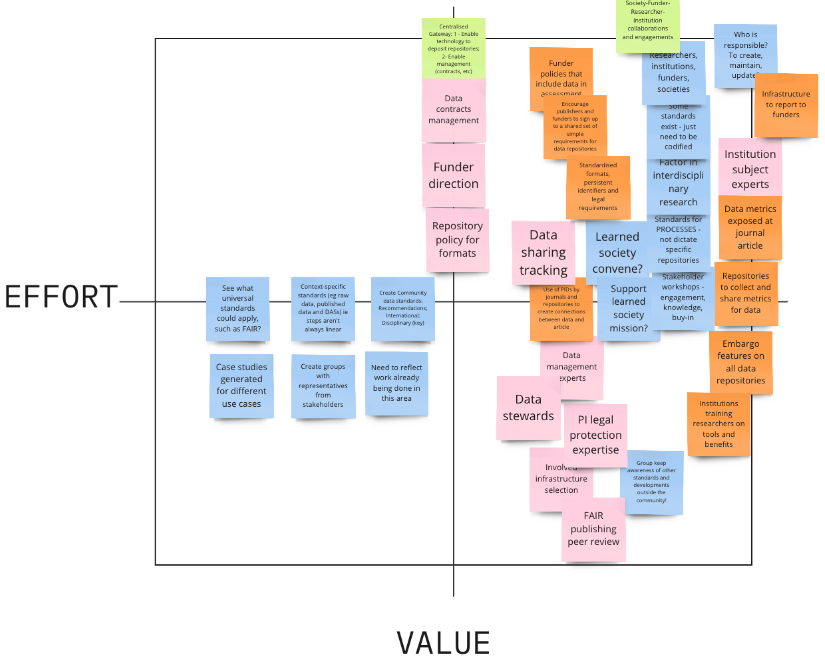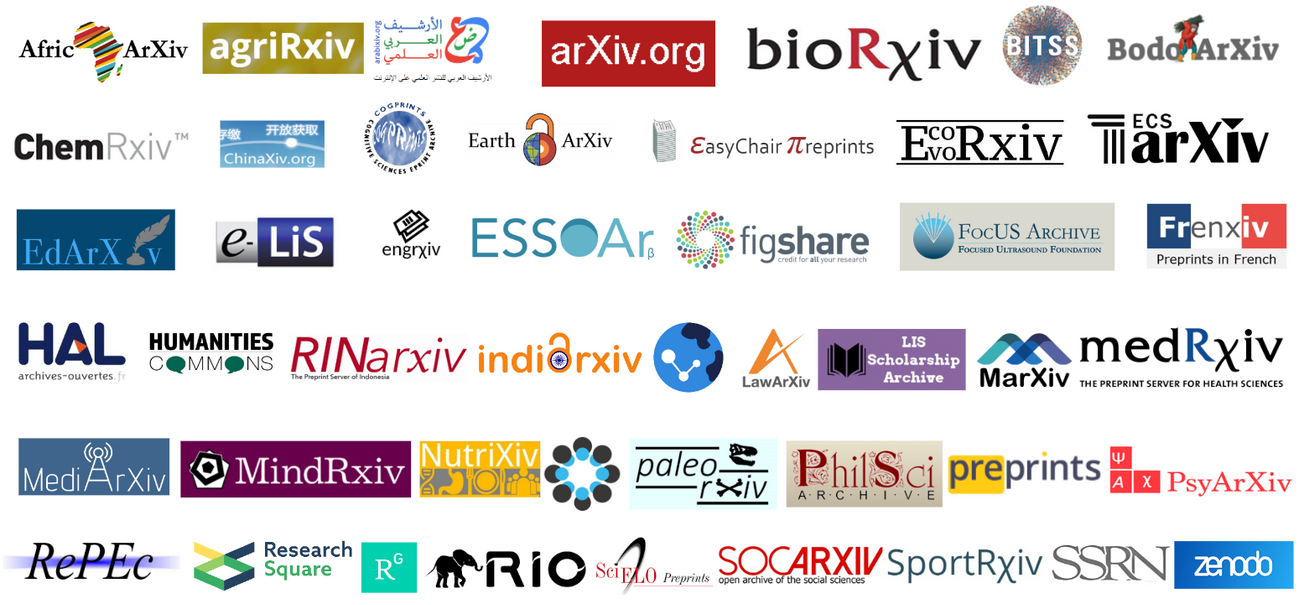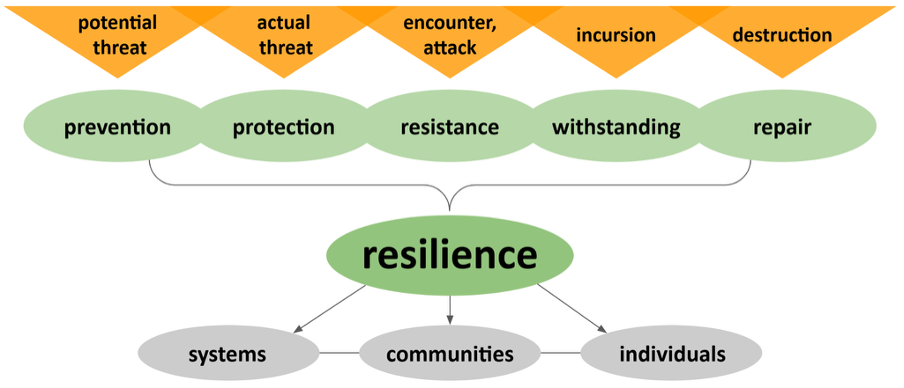The FORCE11 attribution working group held a workshop during the 2021 FORCE conference to explore some ethical aspects of using Contributor Roles (CRs). This workshop provided an overview of various CRs and their practical values in terms of providing a better recognition of the wide range of scholarly contributions.
Among developed CRs, the CRediT taxonomy has been the most successful in terms of adoption by journals and prominence among the scholarly community. CASRAI and its community engagement efforts played a vital role in stressing the importance of CRs and articulating their function within scholarly publishing systems. Recently formalized as a NISO (National Information Standards Organization) standard and launched as a formal initiative, the adoption and use of CRediT can now benefit from NISO’s long term project management and support mechanisms, including:
- Support for adoption and use of CRediT, particularly through implementation.
- Ensuring that CRediT is tied to ORCID and included in the Crossref metadata capture.
- Establishing a foundation for community engagement and support through community-building activities such as an Interest Group, outreach and communications, and providing mechanisms for feedback.
After providing a brief overview of CRediT implementation recommendations for scholars, the DataCite contributorTypes model was introduced. This model is developed and maintained by the DataCite Metadata Working Group for the DataCite metadata schema. In the DataCite schema, a contributor is defined as: “The institution or person responsible for collecting, managing, distributing, or otherwise contributing to the development of the resource”. Based on community feedback and suggestions, DataCite’s latest metadata schema iteration includes new contributorTypes such as DataManager, DataCurator, ResearchGroup, and HostingInstitution. Furthermore, in the new iteration, if the Contributor field is used, then contributorType too becomes a mandatory field to fill with one of the provided items in the controlled list. These important additions further clarify the role of individual and institutional contributors.
Next, the preliminary results of an ongoing scoping review about the ethics of CRs were shared with workshop attendees. In particular, ethical issues about the attribution of credit and responsibilities when attempting to employ CRs in the acknowledgment section of publications were discussed. Using a recently published manuscript (about gender disparity in publication records) that had a detailed explanation of contributions in the acknowledgment section, it was argued that:
- Not all the contributions that are vital for the success of a project could be captured with CRs. For example, the contribution of a research officer who had connected researchers to the HR office, thereby facilitating access to (anonymized) information of a department’s employees would be challenging to capture using CRs. Similarly, educational contributions which may have been necessary for the project’s success are not always easy to capture with CRs.
- Assigning the same roles to both author and non-author contributors has ethical implications in terms of the attribution of responsibilities and accountabilities. In the acknowledgment section of the example manuscript shared in this session, three names were mentioned who had helped improve the questionnaire used in the study. It was argued that although these specific contributions can be captured with CRs (e.g., CRediT’s Methodology role), since acknowledged persons could be unaware of the full methodological approach and might also not see the final version of the questionnaire/manuscript, they cannot be held accountable for their contributions. On that basis, solely relying on CRs for describing acknowledges who could not be held accountable or are not willing to be accountable for their contributions, is an ethical challenge.
In order to engage the participants, an in-session survey about CRs was conducted to learn more about participants’ usage of, and challenges with CRs. Responses showed that CRediT and DataCite were more well-known than other models among the participants — 59% of respondents had used the CRediT taxonomy and DataCite was used by approximately 32% (Figure 1).
Figure 1: Workshop participants indicated which contributor role (CRs) they have used. (22 responses).
When asked about the challenges of using CRs in their context, respondents mentioned the generality of roles (i.e., roles are too general and do not always align with specific domains) and difficulties of capturing contributions with CRediT roles, which speaks to the need for extension with perhaps more domain-specific roles in CR models. Some workshop attendees also expressed a lack of knowledge about CRs and how to implement them — 32% of respondents noted that they had never used any CRs. This may reflect a lack of awareness about CRs outside the scholarly communication and publication circles. Furthermore, the workshop's Q&A discussions showed a lack of clarity about practical questions, such as roles that qualify one as an author versus roles that should only be mentioned in the acknowledgment sections. Accordingly, there seem to be opportunities for experts to document best practices guidelines on how to use CRs and guidelines for authorship in different fields. Increased support and requirements from publishers and journals would also help address some challenges if they were to provide structured CRs for the authors in the manuscript submission workflows. Some respondents also mentioned positive experiences with additional/complementary solutions which enhance the application of CRs such as Tenzing, Rescognito, and JATS4R Recommendations for CRediT.
When asked about what functionality/tools would improve their use of CRs, respondents noted best practice guidelines across disciplines would be valuable; templating systems to capture contributions, including support in LaTeX and other non-standard word processing formats; buy-in from journals to provide structured questions about CRs embedded in their submission systems; and institutional buy-in, such as from universities. Lastly, respondents highlighted output types that are currently not credited, which are outlined in Table 1.
Table 1: Outputs or scholarly products that are produced by workshop attendees but that are currently not credited for (15 responses).
We thank all the participants for attending our session and contributing to an outstanding discussion! We also thank FORCE11 for the opportunity to continue the discussion around CRs. Our team plans to continue work in this area and welcomes input and collaboration from the FORCE11 community. We encourage you to view the entire workshop on YouTube.
This work is supported by a Pilot/Exploratory Grant from Northwestern University Center for Bioethics and Medical Humanities and the Northwestern University Clinical and Translational Sciences Institute (NUCATS, UL1TR001422).
Copyright © 2022 Mohammad Hosseini, Violeta Ilik, Nicole Vasilevsky, Kristi Holmes. Distributed under the terms of the Creative Commons Attribution 4.0 License.








